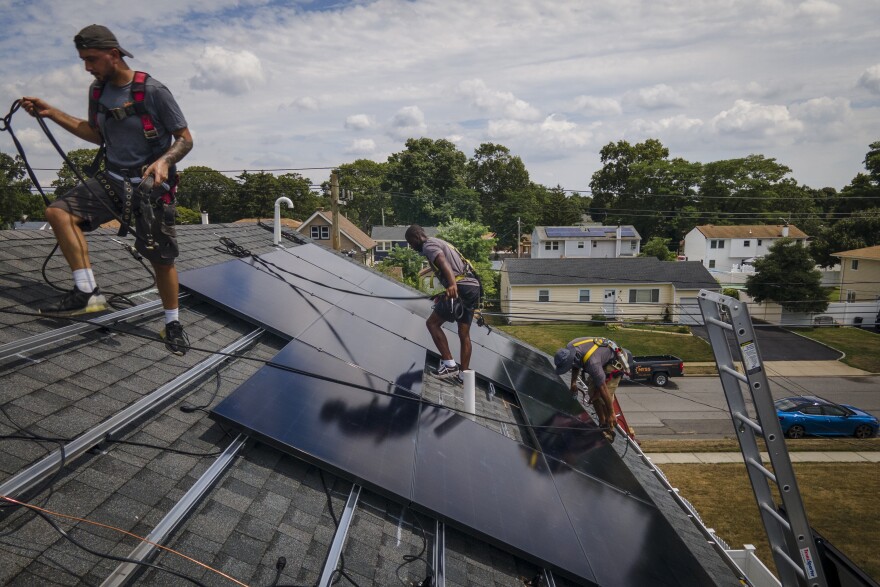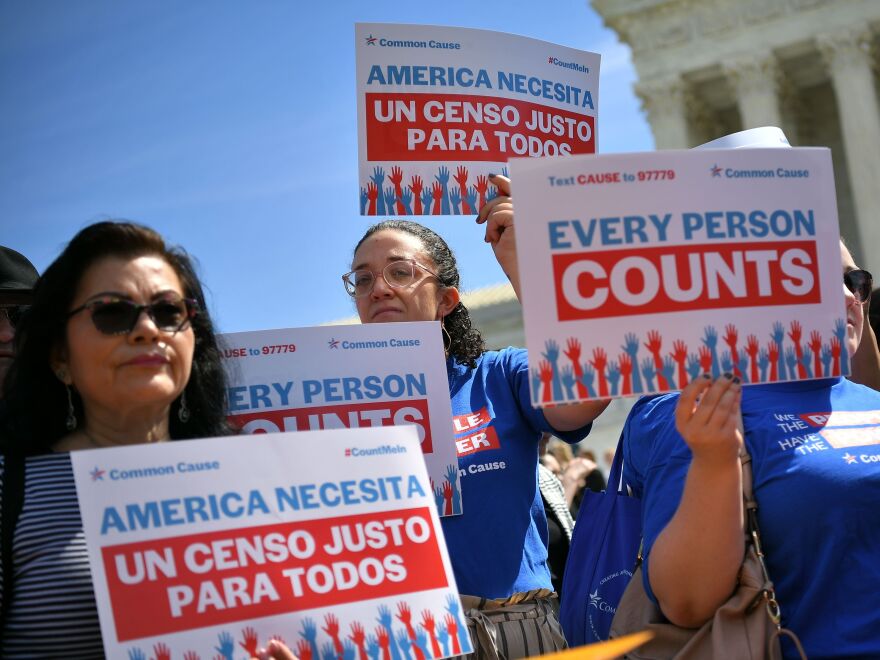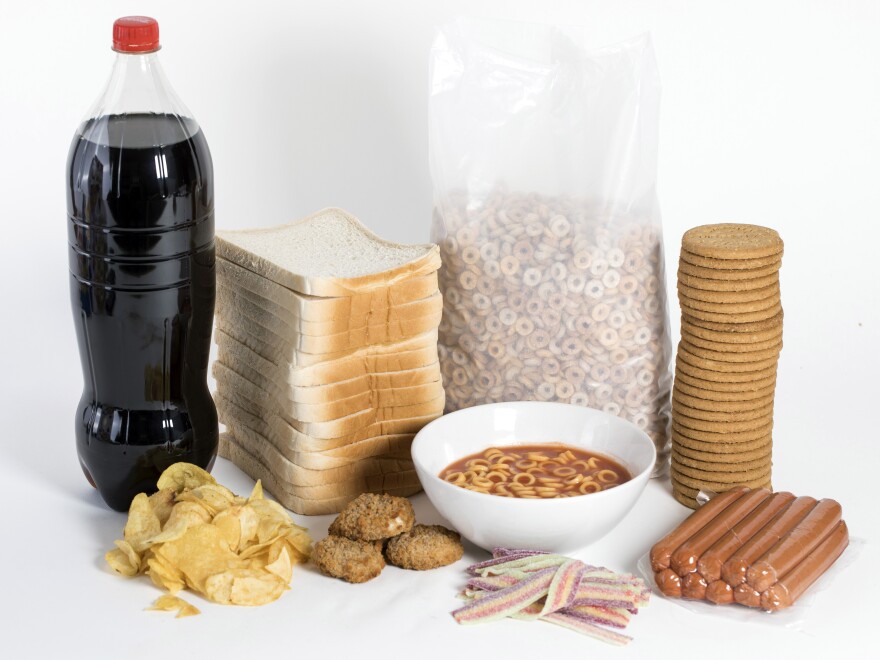Washington The economic consequences of President Donald Trump’s months-long tariff threats have started to show tangible harm to the U.S. economy, and on Thursday, he was scheduled to formally start imposing higher import levies on dozens of nations.
Just after midnight, the White House announced that items from the European Union and more than 60 other nations will be subject to 10% or higher tariffs. While imports from Taiwan, Vietnam, and Bangladesh will be subject to 20% tax, goods from the European Union, Japan, and South Korea would only be subject to 15% tax. Trump also anticipates that nations like the EU, Japan, and South Korea would spend hundreds of billions of dollars in the United States.
On Wednesday afternoon, Trump declared, “I think the growth is going to be unprecedented,” He went on to say that the United States was “taking in hundreds of billions of dollars in tariffs,” but he was unable to give a precise revenue amount because “we don’t even know what the final number is” in terms of tariff rates.
Notwithstanding the ambiguity, the Trump administration is persuaded that the implementation of his extensive tariffs will shed light on the trajectory of the biggest economy in the world. The administration believes that now that businesses are aware of the direction the United States is taking, they can increase new investments and hire more people in ways that will help the country regain its position as a manufacturing power.
However, while businesses and consumers alike prepare for the effects of increased taxes, there are already indications that America has inflicted its own wounds. According to the data, the U.S. economy saw a transformation in April when Trump first implemented tariffs. This event sparked market turmoil, a period of negotiations, and Trump’s decision to implement his global tariffs on Thursday.
According to John Silvia, CEO of Dynamic Economic Strategy, economic statistics after April indicate that hiring stalled, inflationary pressures increased, and housing values in important markets began to fall.
“A less productive economy requires fewer workers,” Silvia said in an analytical note. Furthermore, workers’ real wages are lowered by rising tariff charges. Businesses are unable to pay the same real salaries as they once did because of the economy’s decreased productivity. There are repercussions for actions.
Even so, it’s unclear how the tariffs will ultimately change; this might take months or even years. The risk, according to many analysts, is that the American economy will deteriorate gradually rather than suddenly.
“We all want it to be made for television where it’s this explosion – it’s not like that,” Georgetown University professor Brad Jensen stated. “It’s going to be fine sand in the gears and slow things down.”
Trump has argued that the tariffs will help close the ongoing trade gap. However, importers attempted to evade the taxes by increasing their imports prior to the implementation of the levies. Consequently, the first-half trade imbalance of $582.7 billion was 38% greater than that of 2024. Over the past year, overall construction investment has decreased by 2.9%, and Trump’s promised factory jobs have so far resulted in job losses.
The sloppy character of Trump’s tariffs, which have been pushed out, rolled back, delayed, raised, imposed by letter, then hastily renegotiated, was reflected in the run-up to Thursday.
Officials from important trading partners were unsure at the beginning of the week whether the tariffs would start on Thursday or Friday due to the confusion in the process. The higher tax rates would begin in seven days, according to the terms of the July 31 decision delaying the implementation of tariffs from August 1.
When asked if the additional duties went into effect at midnight on Thursday, White House National Economic Council director Kevin Hassett advised reporters to check with the U.S. Trade Representative’s Office on Wednesday morning.
Trump declared on Wednesday that India would be subject to an extra 25% in tariffs for purchasing Russian oil, raising its overall import duties to 50%. As the U.S. economy waits for the effects, he has declared 100% tariffs on computer chips and stated that import levies on pharmaceutical products will continue to be imposed.
Another point of contention is the president’s use of a 1977 law to declare an economic emergency in order to apply the tariffs. If judges determine that Trump went above his power, the awaiting decision from last week’s hearing before a U.S. appeals court may lead him to look for other legal defenses.
Paul Ryan, the former speaker of the Republican House and a Trump critic, is among many who doubt that the economy will recover. Ryan worked with Trump during his first term.
“There’s no sort of rationale for this other than the president wanting to raise tariffs based upon his whims, his opinions,” Ryan stated to CNBC on Wednesday. “I think choppy waters are ahead because I think they’re going to have some legal challenges.”
Despite the current tariff drama, the stock market has held up well, as evidenced by the S&P 500 index rising more than 25% from its April low. The White House is confident that economic growth will increase in the upcoming months due to the market’s recovery and the income tax cuts included in Trump’s tax and spending measures that were signed into law on July 4.
As the rest of the world and American voters anxiously await, Trump continues to predict an economic boom.
According to Rachel West, a senior fellow at The Century Foundation who worked on labor policy in the Biden White House, “Donald Trump is the only person who can afford to be careless about the uncertainty that he’s creating.” “The rest of Americans are already paying the price for that uncertainty.”
Copyright 2025 NPR






